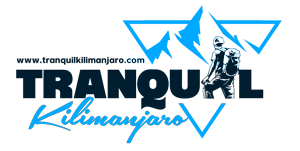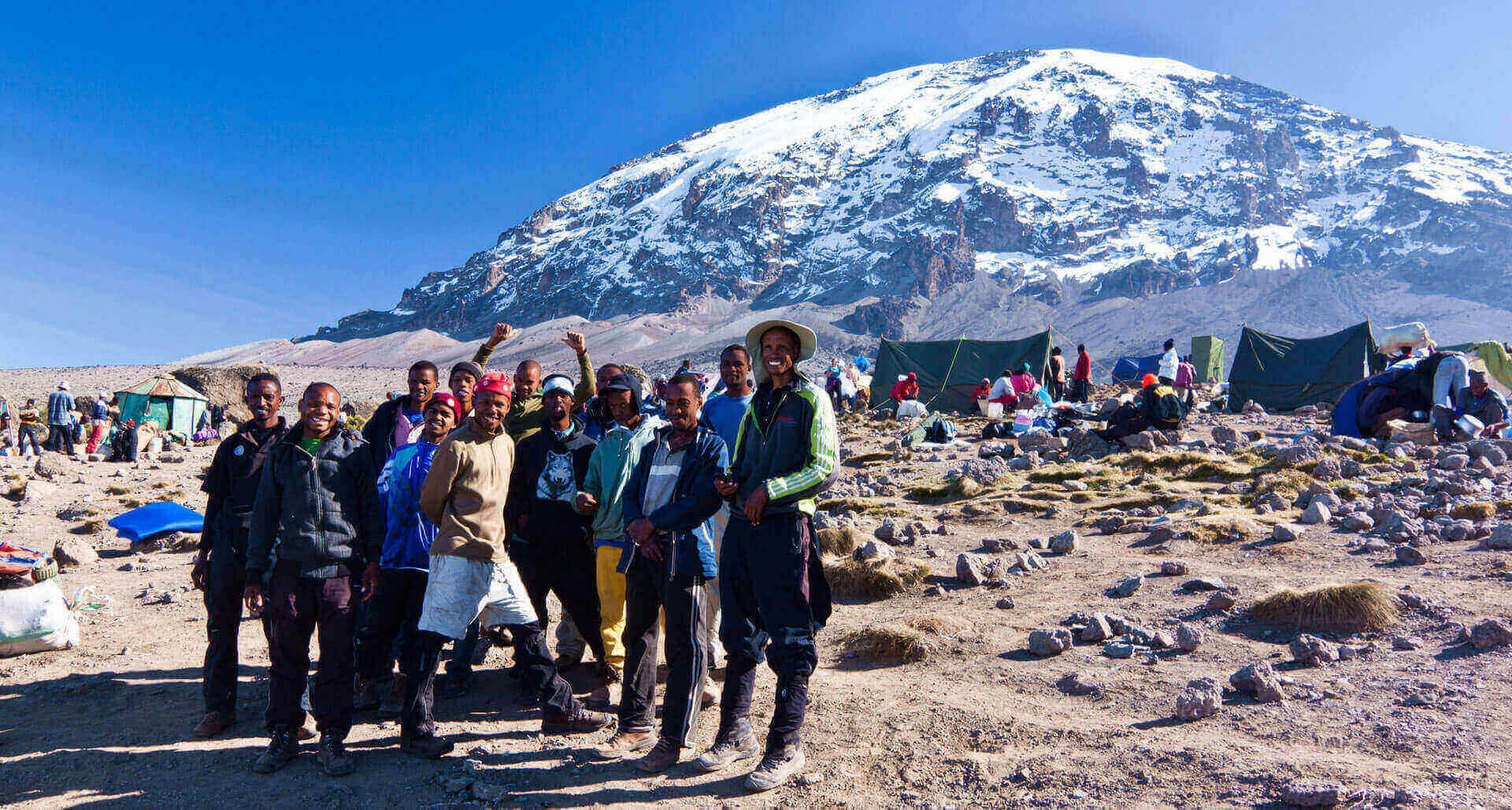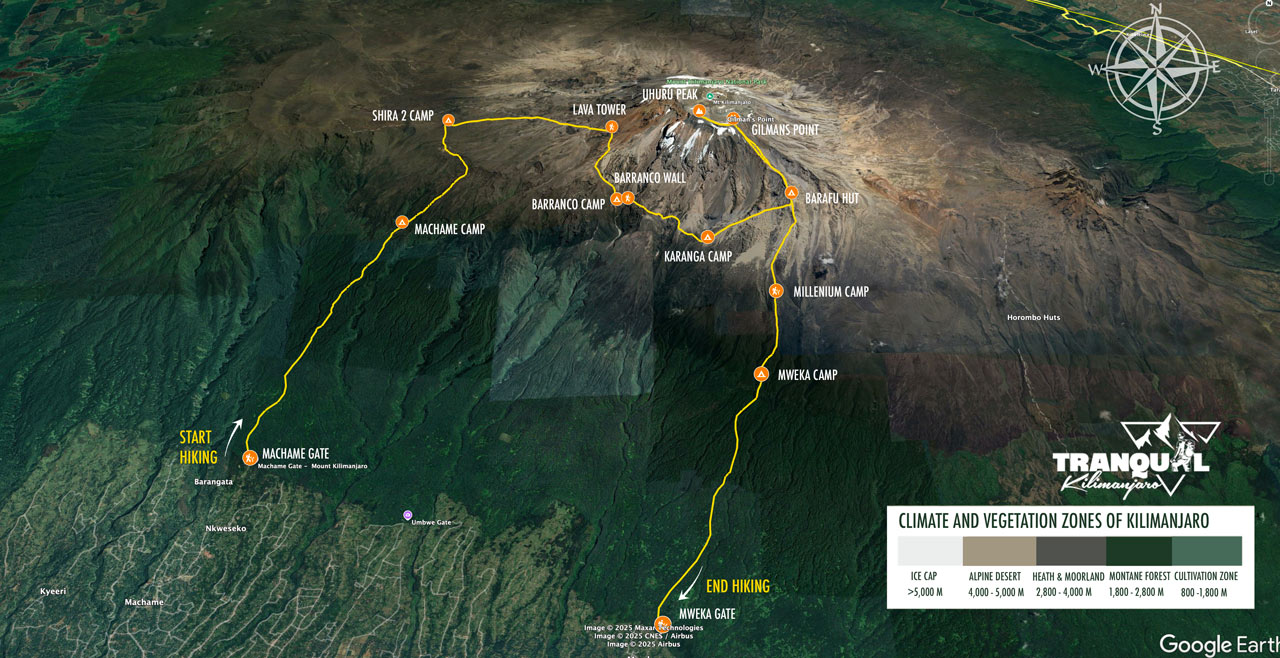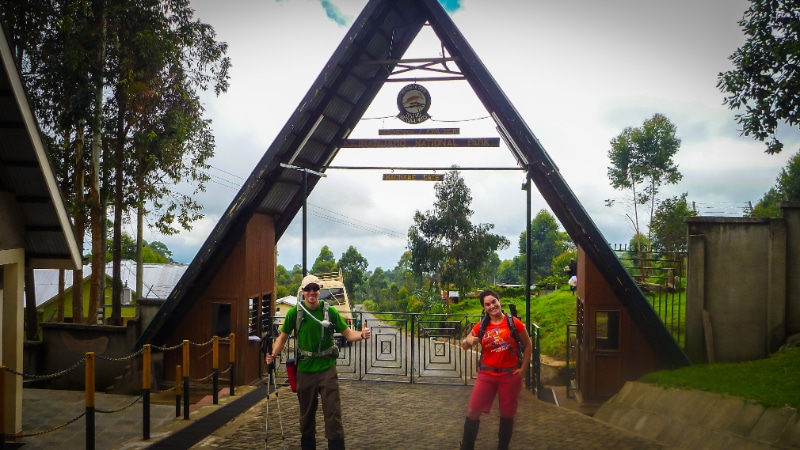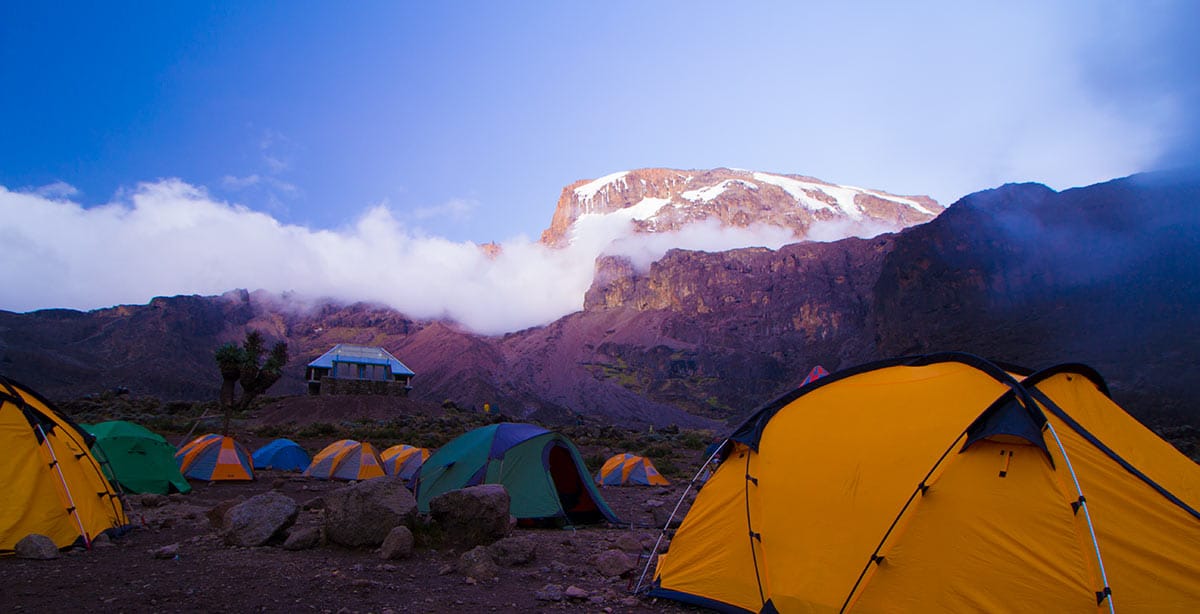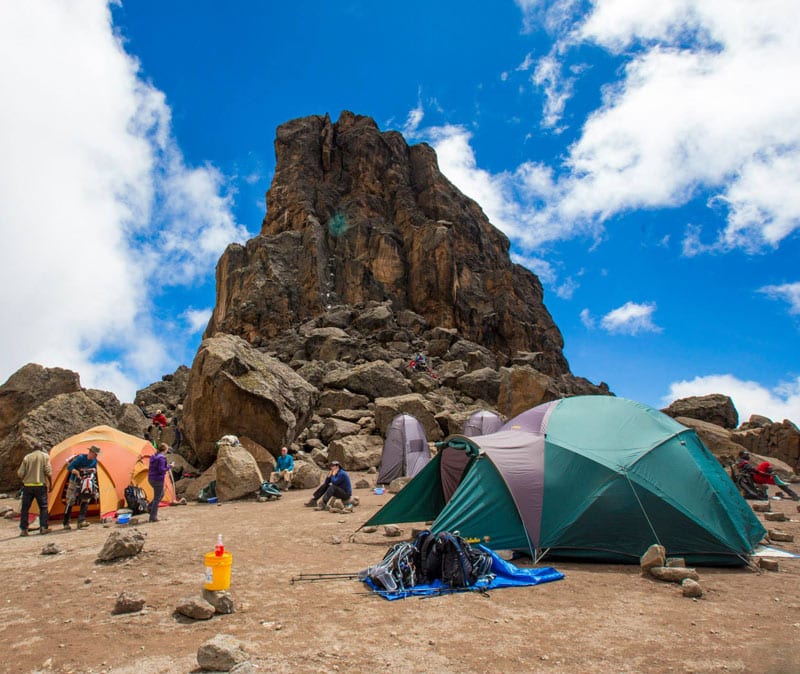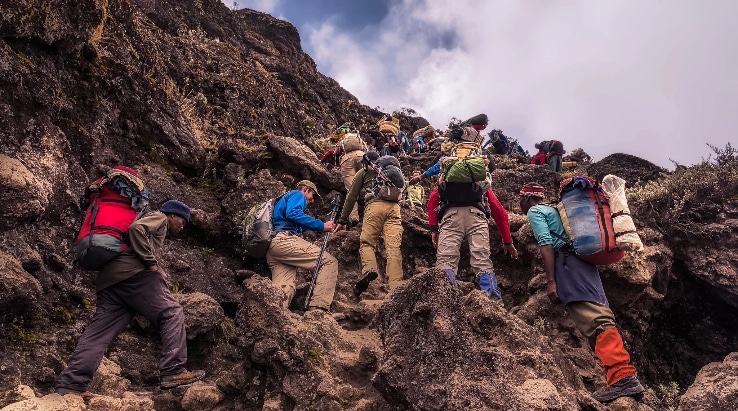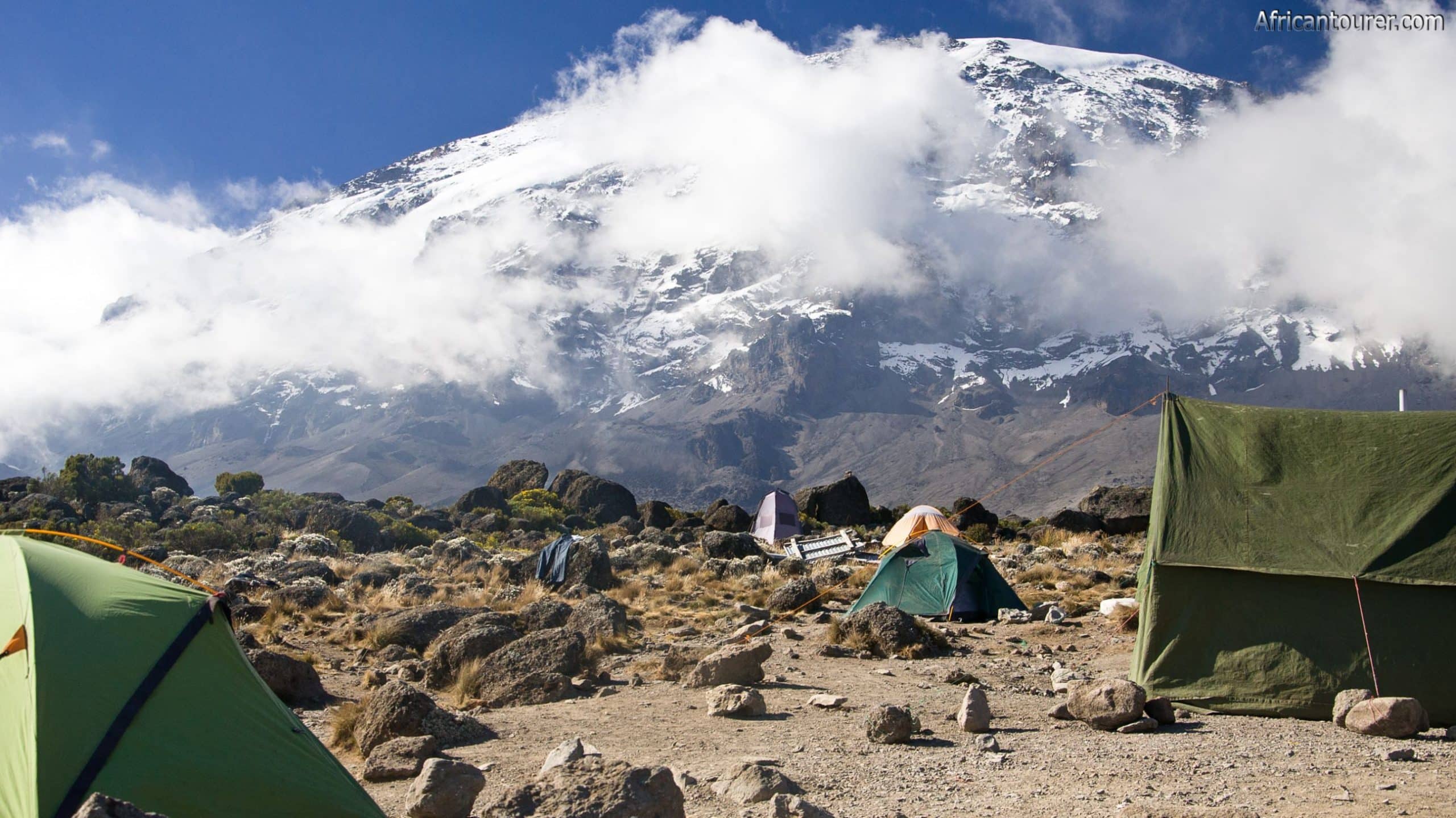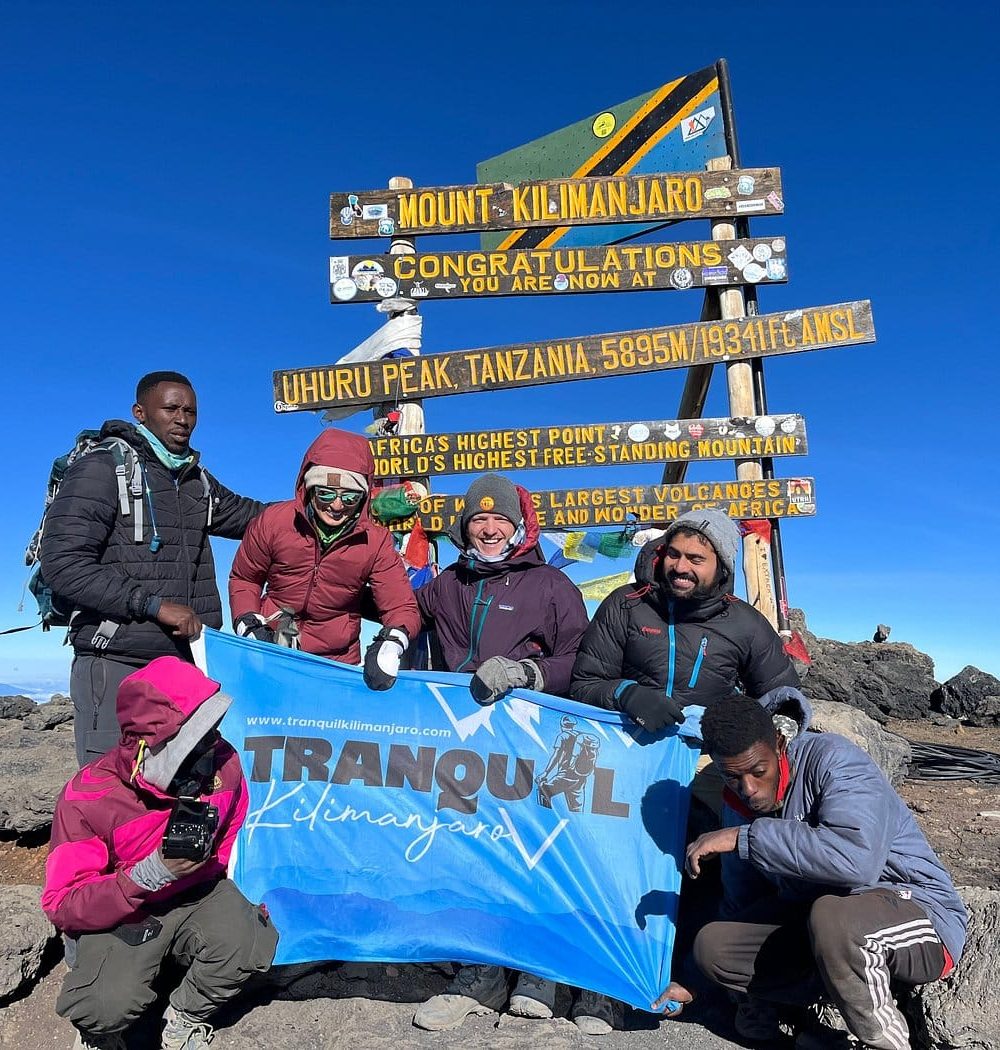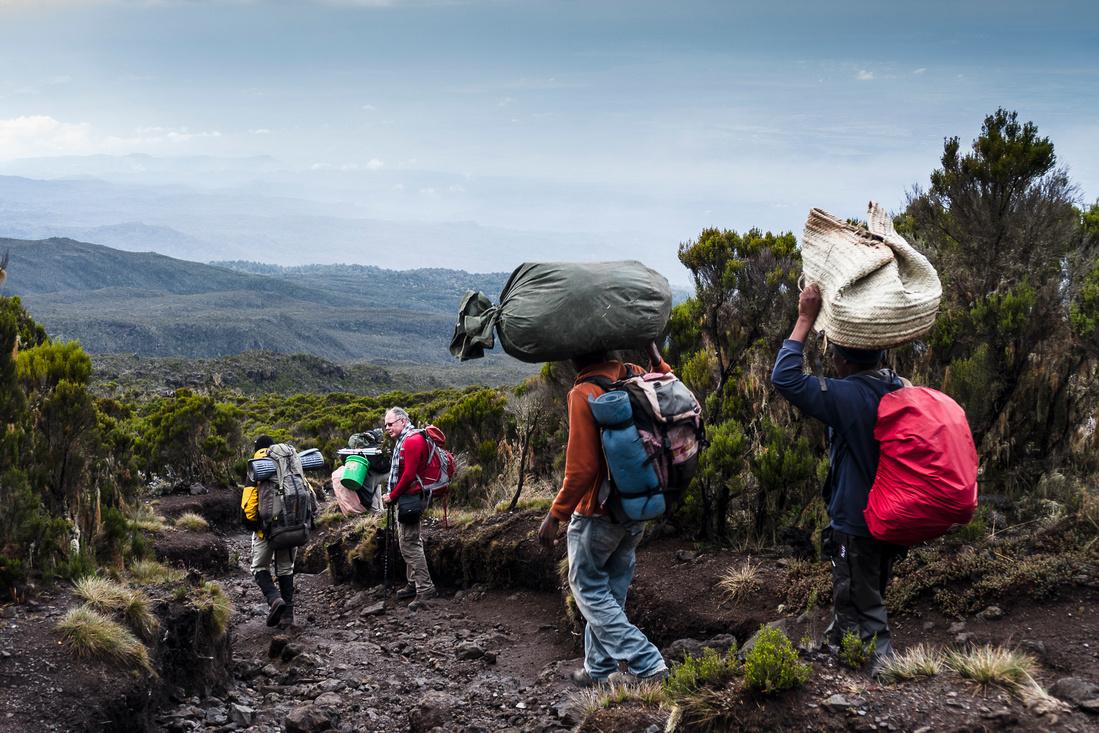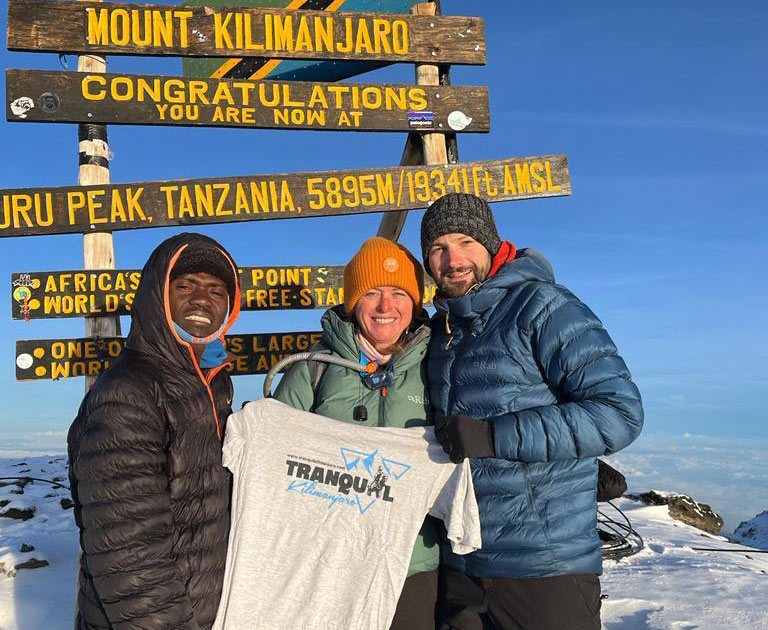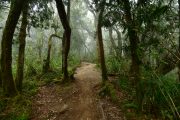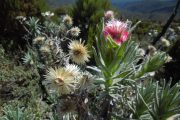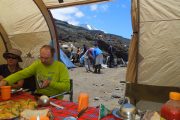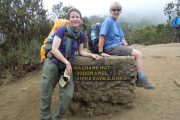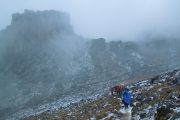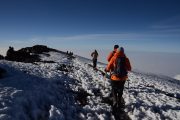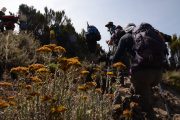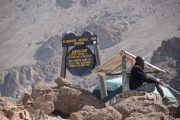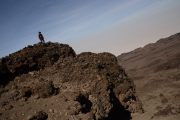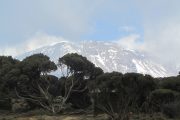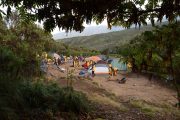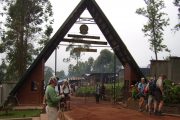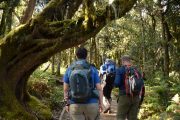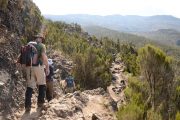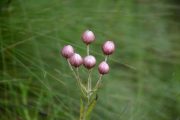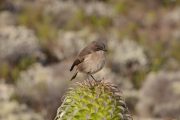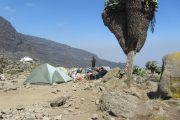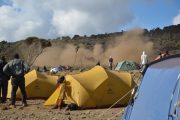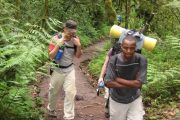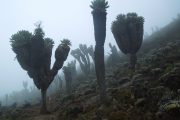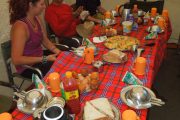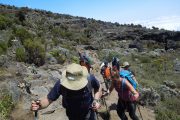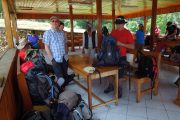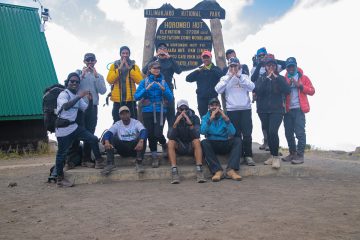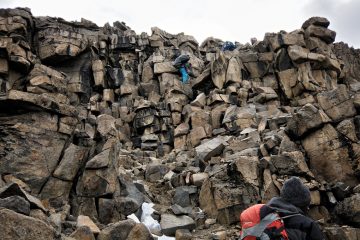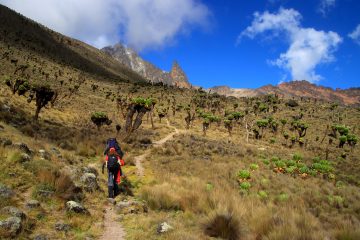How hard is the 7-Day Machame Route?
By comparison, between the 7 Days Machame route package and the 6 days Machame route package, the 7 days variation is much easier as it has an extra day for enough acclimatization, therefore, minimizing altitude sickness symptoms to ensure that your chances of summiting are relatively higher.
How difficult is the Machame Route?
Compared to the other routes, the Machame route is difficult as hikers have to climb the Great Barranco Wall on the fourth day and have to settle with a steep slope towards Kibo peak on summit night. It is important to note that overall, Mount Kilimanjaro does not necessarily require any technical mountaineering skills.
How do I prepare for the 7 Days Machame route?
Any physical activity that you indulge in will obviously make your climbing easier and more enjoyable. The more you aspire to reach the summit the more you should train. Also, consider familiarizing yourself with hiking at high altitudes.
Best time to climb the Machame route?
You can climb the Machame route any time of the year since Mount Kilimanjaro can be climbed throughout the year. However, the best months are the dry and warm months between January to March and June to October. The least favourable months should be the colder and wetter months of April, May, and November.
What should I pack and what equipment do I need?
We may supply some of the gear that will make your Mount Kilimanjaro climbing via the 7 days Machame route easier but there is some important gear that will be compulsory for you to purchase or hire. Some of this gear may include, well-fitting mountain climbing boots, headlamps, sunglasses, personal medication, camp, and a non-disposable water bottle. You can read the full list of mountain gear and equipment here.
How to get to the Machame route?
To reach the starting point for the Machame Route, the Machame gate, you will need to fly into Tanzania first and then drive to Mount Kilimanjaro. Travellers flying from the UK, the US, Australia or Canada and other parts of the world like India and the rest of Europe will need to fly into Tanzania’s main international airports like the Kilimanjaro International Airport, Julius Nyerere International Airport in Dar es Salaam or the Jomo Kenyatta International Airport in Nairobi, Kenya.
What are the climbing requirements for the Machame route?
Mount Kilimanjaro is a walkable mountain so climbers of all types are welcome to hike on this mountain no matter your ability, gender, age or fitness level. That being said, Kilimanjaro still requires careful planning and intense physical training to make it to the top. Always opt for the longer route variations with extra days/time for acclimatization purposes, this guarantees you a higher summit success rate and fewer altitude sickness symptoms.
What permits do I need for the 7 Days Machame Route?
All permits and entry fees for your 7-day Mount Kilimanjaro Machame route package are included in your costs anything that is not covered will be on the “cost excluded list in our itineraries. If you have any questions or need any clarifications, please do not hesitate to contact us here.
7 Days Machame Route full-moon climbs
It is possible to book this tour and climb Kilimanjaro on a full moon. Just contact us on the booking form to get a free quote, and proper time dates from our reservation team. More details and exact dates for the Kilimanjaro full moon climbs.
7 Days Machame Route Reviews
Check out some of the reviews from our past clients that climbed Kilimanjaro using the 7 days Machame Route.
Early in August this year, we embarked on a Mount Kilimanjaro hike with my whole family. We chose the famous Machame Route for seven days, and we loved the fact that we were not alone on the route as we had company for the whole week that we climbed the mountain. It really encouraged us to keep going. The route was very scenic, with amazing views. Our expedition team from Tranquil Kilimanjaro kept singing all the way to encourage us to reach the summit of Mount Kilimanjaro. I would like to thank the whole Tranquil Kilimanjaro crew, the likes of Victor and Robert for helping us make it to the top without any complications even when we found it hard to make the final push to the summit after midnight and for helping us decide on this 7-day Machame Route.
Klaas van Ommen – Amsterdam, Netherlands
Read more reviews from our TripAdvisor page here.
Related
